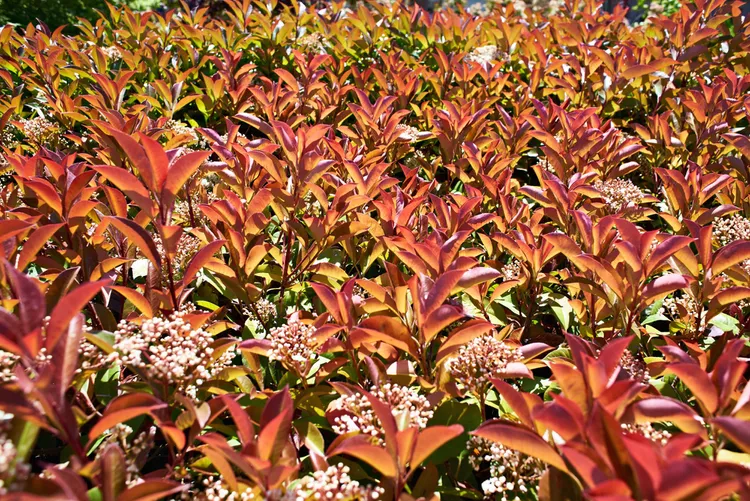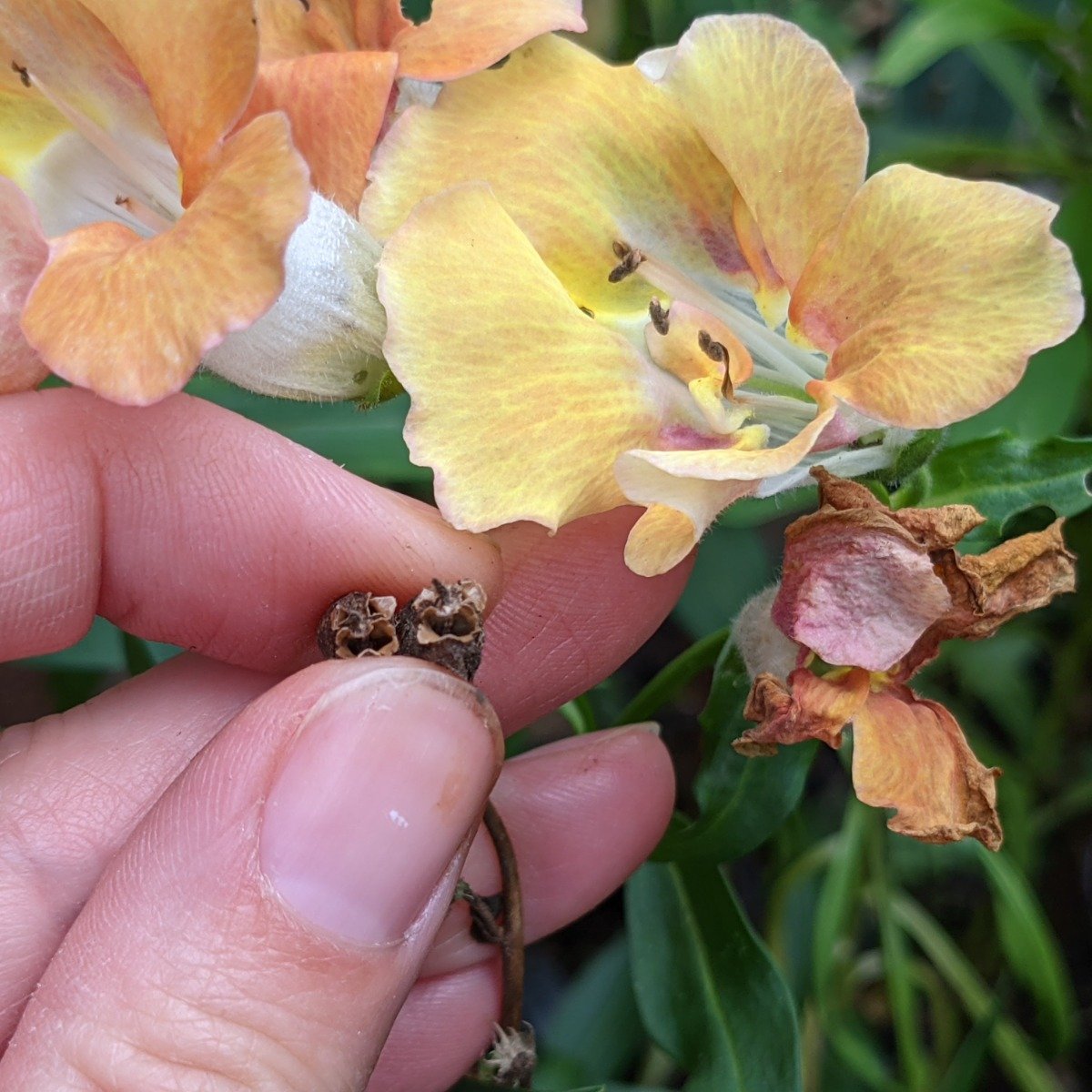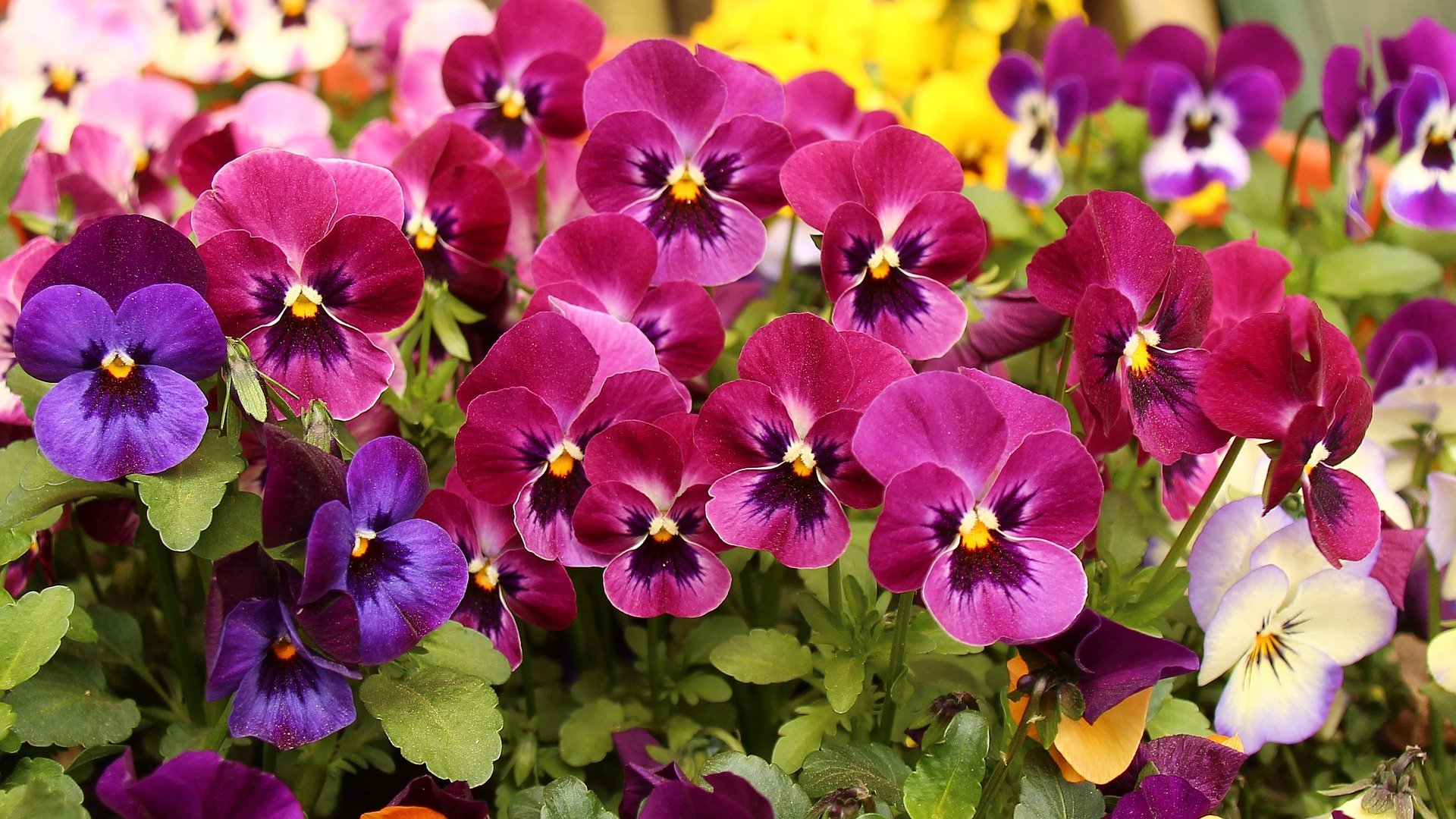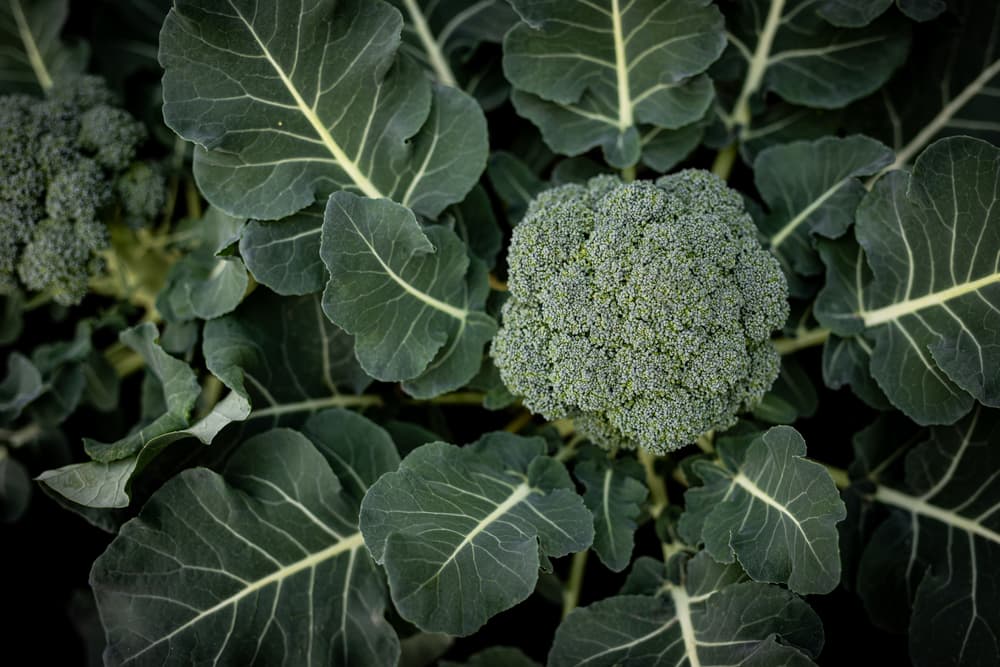The Ultimate Guide to Pruning Wisteria: Tips and Techniques
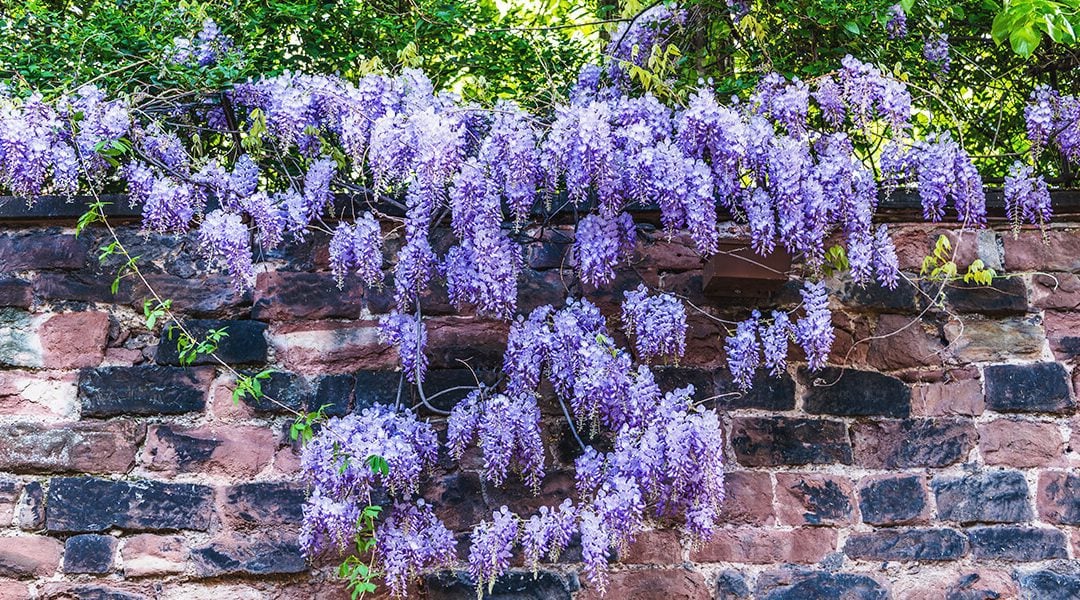
Table of Contents
Pruning is one of the most important parts of gardening, and there is no denying the fact. As a plant owner or a gardener, it is natural for you to make your plants look most beautiful and maintained. Now, there are several steps one needs to do in order to nurture the plant effectively. The major steps include regular inspection, trimming or pruning, pest control, fertilization, and more.
Pruning your plants helps improve their health, growth, and aesthetics as well. Additionally, it is also considered effective in reducing the chances of infections and other adversaries. Now, with the benefits mentioned above, you clearly can see the importance of trimming for all plants, and if you own plants like Wisteria, the importance of pruning cannot be simply ignored.
Wisteria is supposed to be trimmed twice a year, and pruning Wisteria UK helps you control the shape and spread of your plant. These plants are known for their rapid growth, and trimming is surely one of the best ways to take care of the same.
What Are Wisteria Plants?
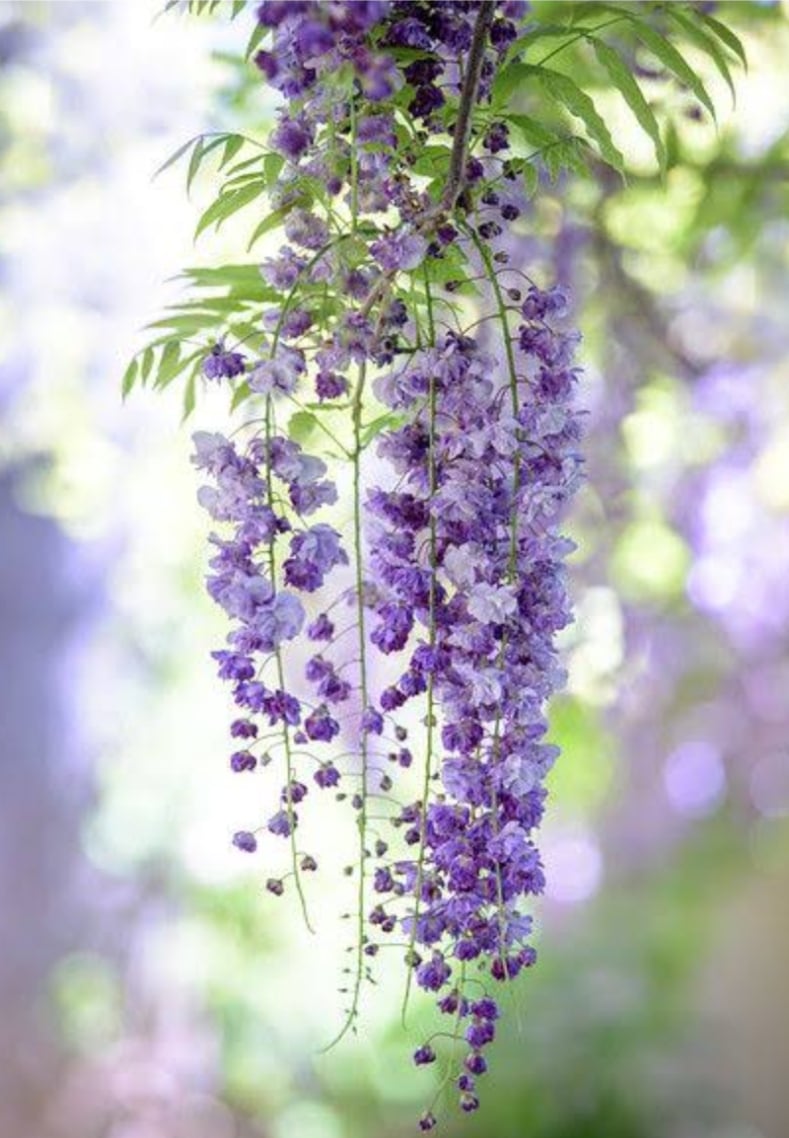
With their origin roots traced to Asia and North America, Wisteria is a unique plant that is now grown in different parts of the globe. And why not? Its beauty is known to leave people mesmerized. It grows with lilac flowers and a unique aroma that is captivating to your senses.
The most notable fact about this plant is that they are fast-growers, and with their growth, their weight does get increased as well, which is why pruning is an important aspect while nurturing Wisteria.
There are different varieties of the plant with distinct flower colours like white, pink, and so on. Because of their growth and beauty, at times, these plants are used to create shades or tunnels with the help of a support block.
A Step-By-Step Guide to Pruning Wisteria
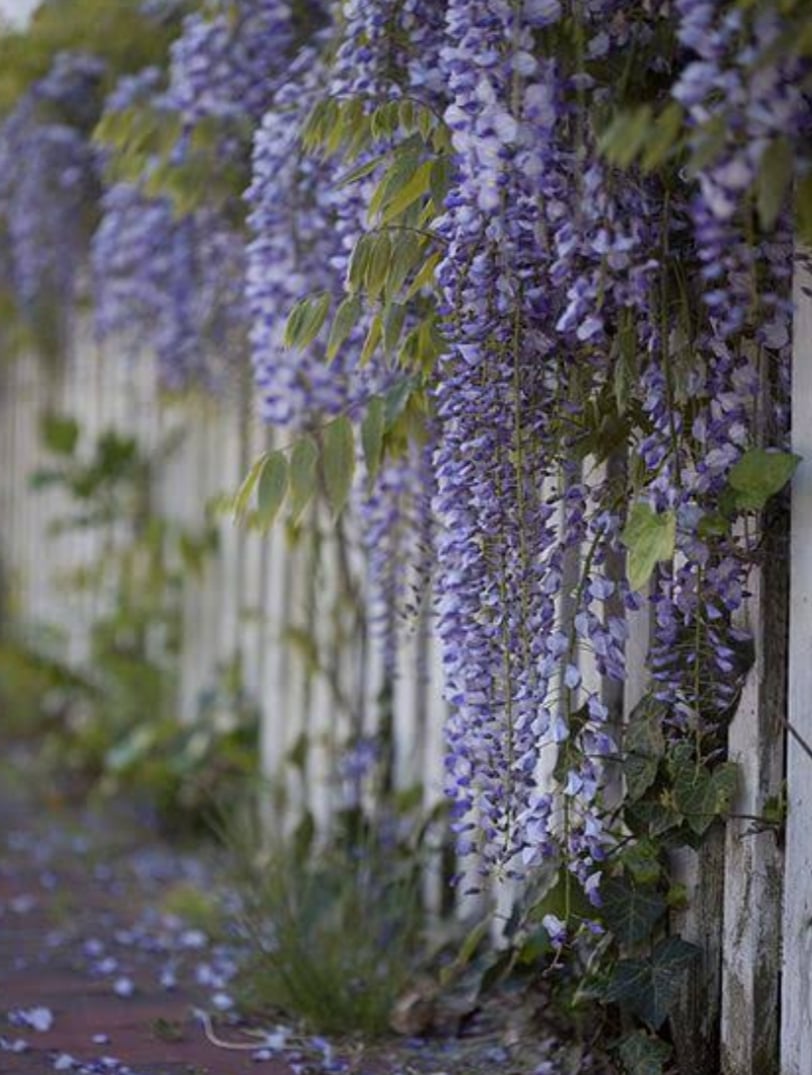
Now as we are familiar with the plant and the importance of pruning for the same, it’s time for us to dive deeper and answer the question many of you have been looking forward to. How do you prune Wisteria?
First of all, you need to gather all the essential equipment needed for pruning Wisteria. To ease it for you, we have prepared a list which you may follow.
- Pruners or Pruning shears
- Loppers
- Chainsaw
- Gloves or other hand safety tools
- Height tools like ladders and more
Pruning in Summer
Several studies reveal a variety of advantages of Pruning the Wisteria in summer, right after the end of the flower’s blossom. Some of the benefits include more exposure to sunlight and air. In addition to that, that makes the plant look tidy. The current growth of these plants forms the base for the new or next growth of flowers. This means pruning at this time can help you add structure and shape to the plant’s growth.
1. Now, after gathering all the necessary equipment, start trimming the shoot appropriately. You don’t need to worry much about the exact size and design for trimming, as it completely depends on you and your wish as to what kind of look you’re aiming for your plant.
People generally chop about 6 inches of shoots and leave a few leaves to not compromise on their looks while maintaining their shape.
2. Removal of any unwanted shoot or wood should be your next step. There is no denying the fact that Wisteria needs some kind of support structure for its growth. However, there are some shoots which just keep hanging and adding bulk to the plant while playing no significant role. Trimming such parts will allow your Wisteria to flourish more.
3. Don’t forget to check if the branches are intermingling with each other. Such structure simply results in overcrowding and nothing else. Remember to trim such branches as well.
4. In addition to this, suckers shall also be pruned. Furthermore, trimming seed pods is completely your decision. Some people like to keep it, while others don’t, so you may do as you wish here.
5. Lastly, keep regularly pruning the Wisteria until the new season to allow healthy flowers to blossom.
Pruning In Winter
As we already know, Wisteria is often called out for its fast growth; it can be hard to keep your plant maintained and structured by simply pruning it in summer. This is why Winters offer the other most suitable season to trim your plants appropriately so that they can get their best shape and appeal for the Spring.
1. Winter pruning ensures you trim the unwanted leaves and shoot carefully and adequately.
2. Shoots can be cut to the same length as summers while being careful of keeping the buds count in control.
3. It needs not to be mentioned that flower buds at this time are weak, so you need to be cautious not to break them as it would impact the flowering.
4. This is the time to reshape your plant once again. You can chop the thin shoots, tie them or use wires and other support structures to make them look tidy and aesthetic.
Pruning the Wisteria Over Pergola
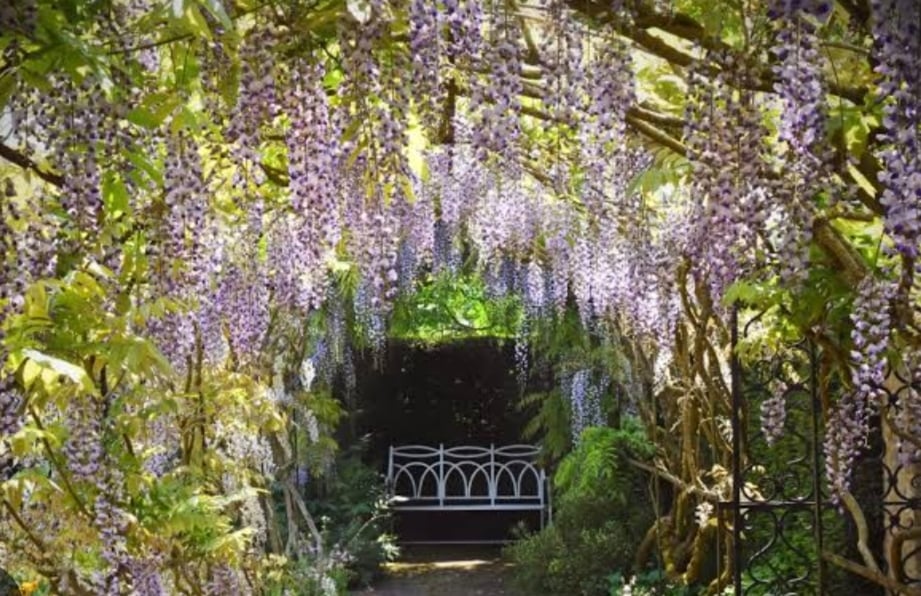
Trimming the Wisteria over Pergola is also similar to that in summer and winter.
However, because of the structured support here, you need to allow your plant to grow a bit so that you can reach out to unwanted stems and shoots. You can tie them to create a shade or simply chop them.
Best Time to Prune the Wisteria
Twice a year, first, you need to trim your plant’s growth in around late February to ensure a healthy shape for the upcoming season. This has to be followed by summer pruning in around July and August after the blossom ends.
Common Problems with Wisteria and Methods of Recovery
1. Poor Flowering
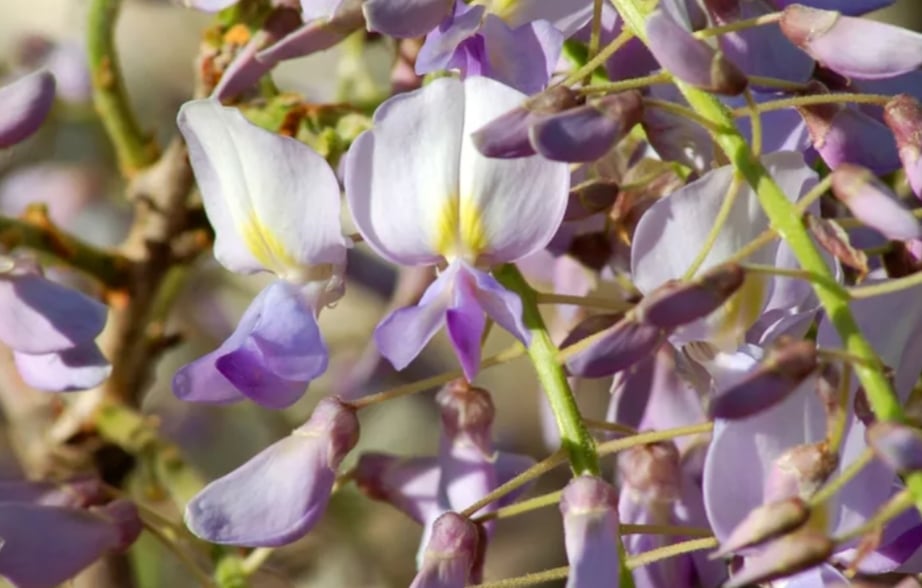
There can be several reasons behind the non-blooming nature of your plants. It might be possible that your plant isn’t aged enough to bear flowers. Depending on the species of your Wisteria, the flowering also differs. For some, it may take up to just 3-4 years, while for others, their blooming may start after 20 years.
In addition to this, the cultural and environmental conditions play a vital role. This makes it important for you to provide suitable environmental conditions and some requirements for your plant to maintain its healthy growth.
2. Root Problems
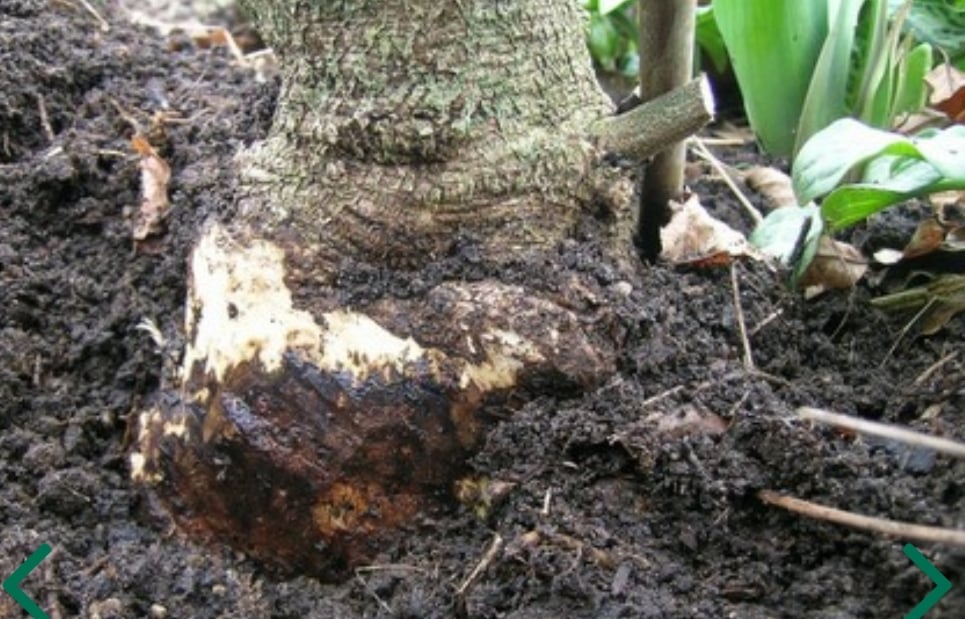
Now, sometimes it is possible that even after years of healthy growth, the shoots of your plant start drying all of a sudden.
Several reasons can cause this problem. Some of these are fungal infection, overwatering, and more.
To overcome this problem, one should ensure that their plants get proper sunlight exposure with an adequate amount of watering. Sometimes, you may take the assistance of fertilizers and other nutrients; however, their usage should be limited and controlled.
Some other common issues include the darkening of leaves, insect attacks, and more. All of these can be controlled by regularly inspecting your plant, pruning it, and providing it with suitable nutritional supplies.
Conclusion
The mesmerizing beauty of Wisteria makes it a tempting option to include in your gardening list.
However, as you already know, and we have mentioned it quite several times as well that these plants can invade quite some space because of their rapid growing factors and pruning the Wisteria is the ultimate solution to the same.
Trimming your plant is necessary and easy. You can conveniently chop your plant using these easy-to-follow step-by-step guides. If you like gardening and have other related questions to the same, you may consider following our posts to read more about what you love.
So what are you waiting for? Aren’t you excited to shape and train your plant just the way you want to?
Frequently Asked Questions
Is Pruning Important?
Yes, pruning your Wisteria is important. It plays a vital role in maintaining their growth, controlling it, for removal of dead or unattractive parts, and allowing new flowers to bloom beautifully.
What Is the Most Important Factor While Pruning?
The most important factor to be considered while pruning Wisteria is to know what and when to prune. You can trim the plant’s unwanted shoots and leaves at least two times a year.
Is the Removal of Seed Pods Necessary While Pruning Wisteria?
No, the removal of seed pods is not necessary while pruning Wisteria and is completely your choice. However, several individuals do remove it because of its poisonous nature, as claimed by several studies.
Can Wisteria Grow Indoors?
Yes, it is possible to grow these plants indoors, provided the suitable environmental setting. However, the species of Wisteria is also important in determining their growth place.
Is the Wall a Suitable Option for Training Wisteria?
Yes, the wall is one of the most sturdy and adequate options to train wisteria. You simply need to provide it with some kind of support and then allow the vines to climb and spread.
Also, keep pruning Wisteria even in walls so that they don’t cover the whole area by themselves.
Can You Train Wisteria on Any Surface Other than The Wall?
Yes, it is possible to train and branch Wisteria on surfaces like fences, trees, houses, pergolas, wires, or any other support.

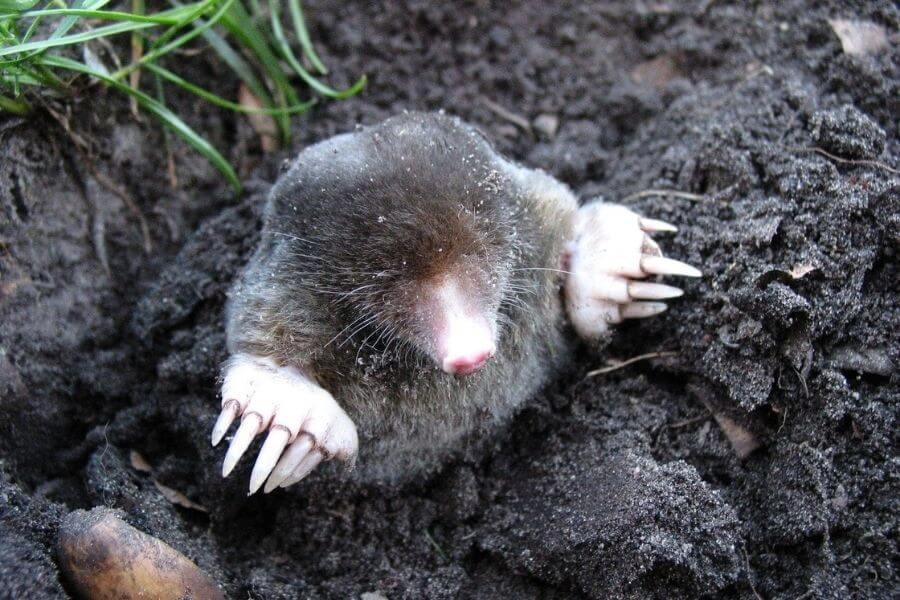
![Treat Black Spots on Roses [8 Easy Homemade Remedy]](https://staging.thearches.co.uk/wp-content/uploads/How-To-Treat-Rose-Black-Spot-In-3-Easy-Stages.jpg)
